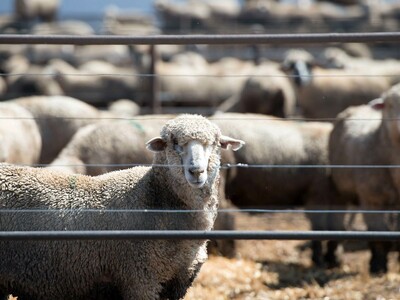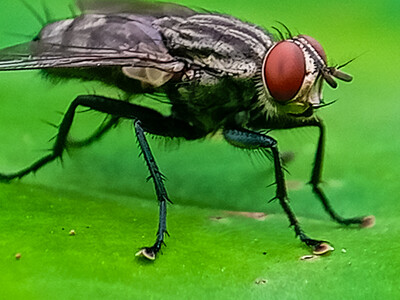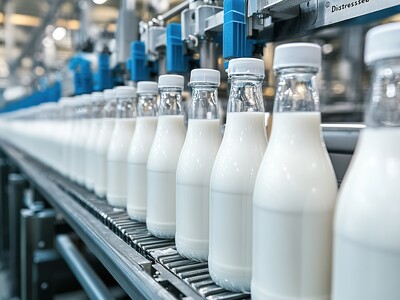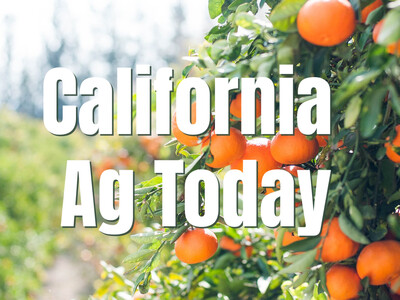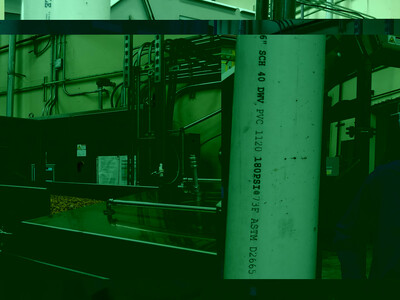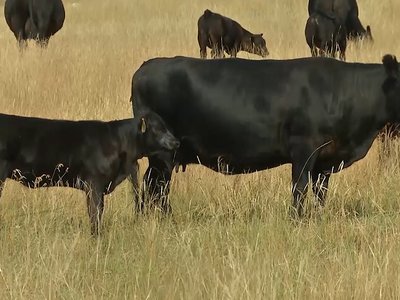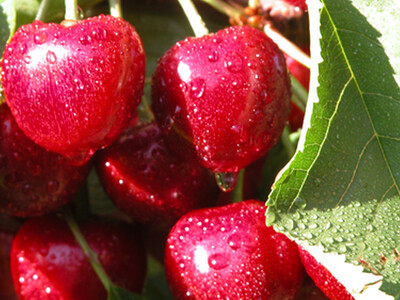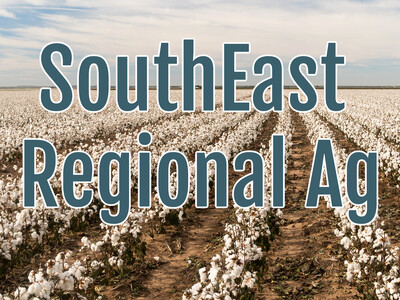Cooling cows
Cooling cows. The national weather service and meteorologists call it a heat dome and recently we have all felt its effects. I saw a temperature in Portland, Oregon of 114 degrees…the hottest day ever recorded in that city. In. Seattle there has been a run on air conditioning units. But the heat is not just confined to the cities. It hits rural areas too and has an effect on livestock. Dr. Robert Collier from the Department of Animal Veterinary and Food Sciences at University of Idaho talks about how to keep dairy cows cool and productive.Producers have a number of strategies they can use. One is when cows enter milking parlor. There are sprays and fans there to watch the cows and cool them down prior to milking. And then as they're leaving the milking parlor, some dairies will put in a drenching station where the cows are soaked. And so as they walk back to their houses area, that water evaporates and cools the cow as she walks back to her place where she's being housed. And then in the housing area, you can have these bands with mist in them so that that blow cooler on the cows to cool. It's not one single thing. Producers have to use a variety of methods depending on where the cow is located, whether she's in the parlor being milked or in her housing area, if she's trying to rest or if you're trying to get her to eat because you want the cow to eat to produce. Well, where do you cool the cow? Those are all questions dairy will have to answer.





